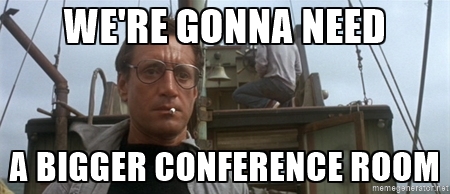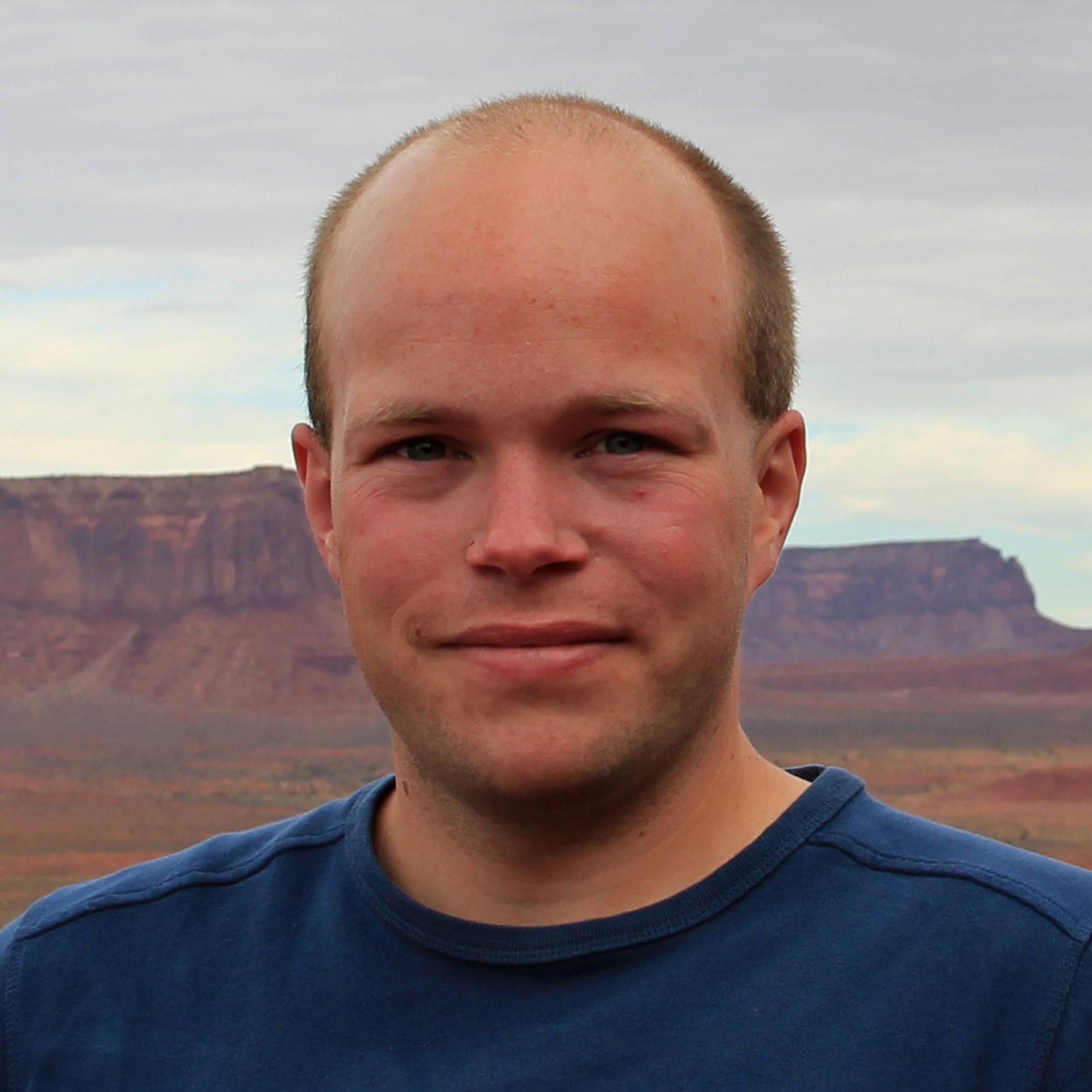This is the central resource for a recap of FemtoConf 2018 in Darmstadt, Germany.
If you write/record/create ANYTHING related to FemtoConf please let me know (Twitter: @itengelhardt ) and I’ll be happy to add it here.
Notes on the Talks
- Claire Suellentrop: Why even the tiniest companies should think about their “brand”
- Aleth Gueguen: GDPR
- Mike Taber: Following up… without looking & feeling like a complete dirtbag
- Patrick Campbell: Value based pricing
- Sherry Walling: Mental Health Superpowers
Articles and Podcasts About FemtoConf 2018
- Let me know about anything you write with regards to FemtoConf!




























Recent Comments